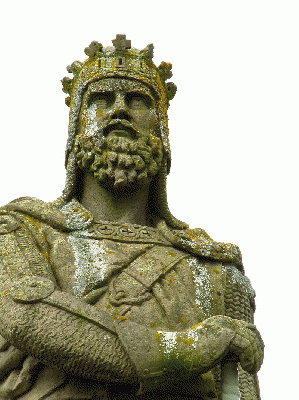Intriguingly, North Dakota has not suffered the way much of the rest of the US -- indeed much of the western industrialised world -- has, from the banking crash and credit crunch of 2008; the subsequent economic slump; and the sovereign debt crisis that has afflicted so many. With an economy based on farming and oil, it has one of the lowest unemployment rates in the US, a rising population and a state budget surplus that is expected to hit $1.6bn by next July. By then North Dakota's legacy fund is forecast to have swollen to around $1.2bn.
With that kind of resilience, it's little wonder that twenty American states, some of them close to bankruptcy, are at various stages of legislating to form their own state-owned banks on the North Dakota model. There's a long-standing tradition of such institutions elsewhere too. Australia had a publicly-owned bank offering credit for infrastructure as early as 1912. New Zealand had one operating in the housing field in the 1930s. Up until 1974, the federal government in Canada borrowed from the Bank of Canada, effectively interest-free.
. . . From our western perspective, we tend to forget that, globally, around 40 per cent of banks are already publicly owned, many of them concentrated in the BRIC economies, Brazil, Russia, India and China.
Banking is not just a market good or service. It is a vital part of societal infrastructure, which properly belongs in the public sector. By taking banking back, local governments could regain control of that very large slice (up to 40 per cent) of every public budget that currently goes to interest charged to finance investment programs through the private sector.
Recent academic studies by von Mettenheim et al. and Andrianova et al. show that countries with high degrees of government ownership of banking have grown much faster in the last decade than countries where banking is historically concentrated in the private sector. Government banks are also LESS corrupt and, surprisingly, have been MORE profitable in recent years than private banks.
Young wrote:
Given the massive price we have all paid for our debt-fuelled crash, surely there is scope for a more fundamental re-think about what we really want from our banks and what structures of ownership are best suited to deliver on those aspirations? . . .
As we left Thursday's seminar, I asked another member of the audience, someone with more than thirty years' experience as a corporate financier, whether the concept of a publicly-owned bank has any chance of getting off the ground here. "I've no doubt it will happen," came the surprise response. "When I look at the way our collective addiction to debt has ballooned in my lifetime, I'd even say it's inevitable".

Robert the Bruce Statue
(Image by (From Wikimedia) Ally Crockford, Author: Ally Crockford) Details Source DMCA
The Scots are full of surprises, and independence is in their blood. Recall the heroic battles of William Wallace and Robert the Bruce memorialized by Hollywood in the Academy Award winning movie Braveheart. Perhaps the Scots will blaze a trail for economic sovereignty in Europe, just as North Dakotans did in the U.S. A publicly-owned bank could help Scotland take control of its own economic destiny, by avoiding unnecessary debt to a private banking system that has become a burden to the economy rather than a pillar in its support.
_________________________
Ellen Brown is an attorney, founder of the Public Banking Institute, and author of twelve books, including the best-selling Web of Debt. In The Public Bank Solution, her latest book, she explores successful public banking models historically and globally. Her 200+ blog articles are at EllenBrown.com.
(Note: You can view every article as one long page if you sign up as an Advocate Member, or higher).





